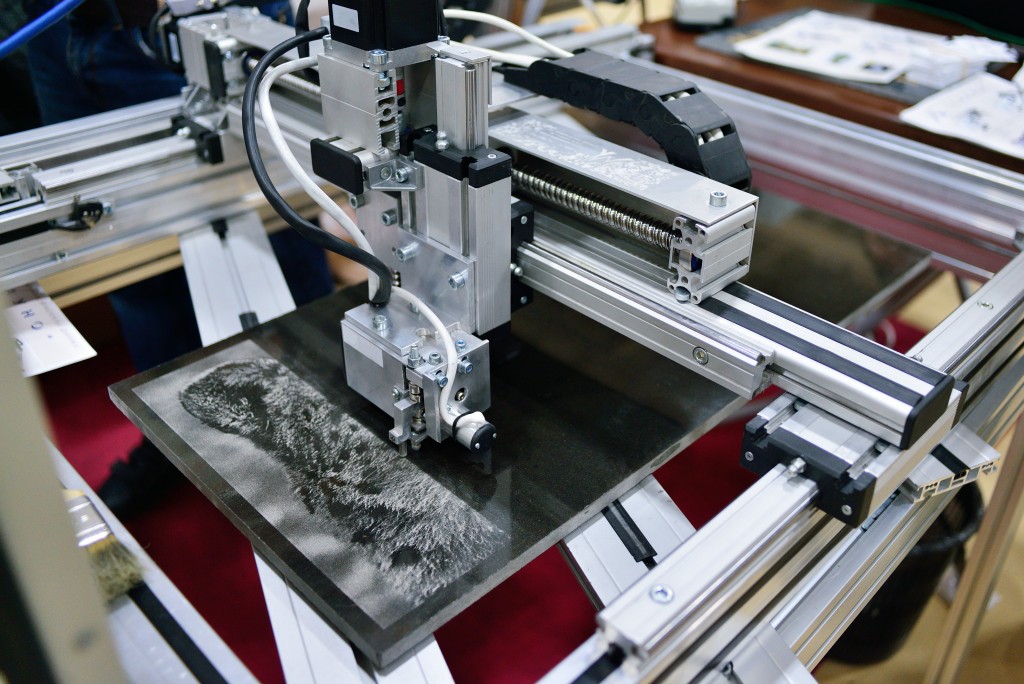CO2 laser engraving machines are now the industry standard in all things engraving. Whether it’s in range of materials, ease of use, or complexity of design, laser engraving machines have outperformed their counterparts in almost every possible aspect.
1. Etch and Engrave on Almost Anything
Laser engravers are most suitable for engraving, etching, or marking several different materials. Hard materials like stainless steel, granite, and hardwoods are easily marked and customized. Even softer materials like fabrics, leather, acrylics, and plastic can easily be engraved with custom designs. Normally fragile glass can be handled with ease and minimal adjustments needed.
2. Just Like Your Office Printer
If you can use a printer, you can use a laser engraver. Laser engravers etch and engrave designs similar to a printer, but using lasers instead of ink. A laser head will deliver precise bursts of heat at specific locations as it moves back and forth along the intended material. Though no inks are used, the heat from the laser will vaporize a very thin layer of surface material. Depending on the material, the affected areas may lighten or darken. Multiple passes from the laser head increase contrast, which is impossible to achieve with a standard rotary engraver. This printer-like motion also allows laser engravers to finish production faster than conventional rotary printers, allowing more production and consuming less time. Like a printer, all you need to do is feed the laser engraver with the intended text, image, or design through a USB or a connected device. Load the intended material and then print.
3. Endless Design Possibilities
Like printers, laser engravers use bitmaps to determine precise points and levels of contrast. This allows it to create exact and intricate engravings or markings. Small texts can easily be made legible, and some specialized laser engravers can even print text distinguishable only with the help of a microscope. Images of people and scenery are just as easily printed. Although the photos will be two-toned, the laser engraver’s control over contrast can make marvelous renderings that can mimic the appearance of black and white photographs.
4. Less Surface Damage
Laser engravers preserve the structure of any given material better than the usual rotary engraver. Engraved surfaces can hardly be felt, with no deep grooves or cuts. This is especially important in preserving the value of precious metals, where the deeper cuts left by rotary machines may scrape off too much material. Fragile surfaces like glass can easily be engraved without compromising durability, and even softer materials like denim and other fabrics can be customized easily. Laser engravers open up whole new design possibilities for softer materials like leather, clothing, and even compound materials with woven surfaces.
Do you want a printer that can print any design on any surface? CO2 laser engravers do just that. They enable you to etch and engrave whatever design and image that you need to meet the demands of your clients. Laser engravers are easy to use, and unlike printers, you won’t be messing up jobs because of paper jams.







